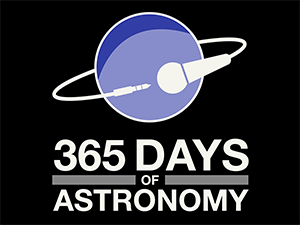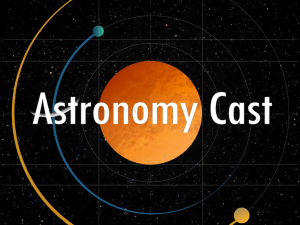
Hawking Was Right! Black Holes Lose Mass But Not Area
One of Stephen Hawking’s theoretical discoveries about black holes has been observationally proven. This particular theory stated that while black holes can grow in area as they consume matter, effects like increasing spin can’t shrink a black hole.

Creepy Cosmic Hand Touches Stellar Blast
Astronomers using the Chandra X-ray Observatory spotted a structure made of hot gas that looks like a creepy hand generated by your favorite special effects company.

What’s Up: Charles Messier and the Messier Catalog
Charles Messier (1730-1817) cataloged 110 fuzzy objects in the night sky that ranged from nebulae and star clusters to galaxies, all in the northern hemisphere.

Star-Forming Region Shows Turbulence
The SOFIA airborne observatory has released a stunning new image of the star-forming region RCW 49, including an expanding bubble of stellar wind.

Over 2000 Nearby Star Systems Could Detect Earth
Scientists have released data on which star systems could detect life on Earth if they had intelligent species, and there are over 2,000 star systems that have had just the right vantage point.

Helicopter Used to Detect Life on Earth
A team of scientists used a helicopter flying at 70 kilometers per hour at a distance of two kilometers above the ground to detect signatures of life here on Earth. And they found them.

Earth-like Conditions Rarer Than Previously Thought
Scientists examined how much energy planets receive from their host stars and if there was enough energy available for biological life to process using oxygen-based photosynthesis.

Earth Has 27.5-Million-Year Cycle of Destruction
New research finds that global scale destructive geologic events on Earth occur on a 27.5 million year scale, with the most recent set of events occurring about seven million years ago.

Planet Sizes Change With Age
Researchers looked at 1,400 planets whose host stars had ages between 500 million and twelve billion years and found that planets in older systems tended to be 5% smaller on average.

Planets Form Gaps in Stellar Disks as They Form
Researchers using ALMA have found that not only do large stars tend to form more large planets than small stars, but you can see these future giants as large gaps in planet-forming disks.






